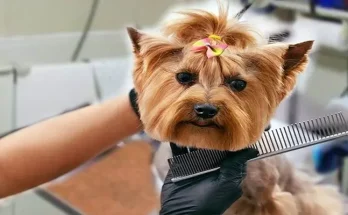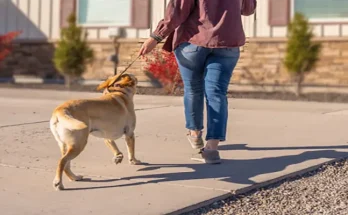Walk into any pet store and prepare to have your wallet attacked by cute dog accessories. The marketing works too well: that adorable sweater, those light-up collars, the bed that costs more than your own sheets. But here’s what nobody tells you about buying dog stuff.
Most dog owners make the same expensive mistakes over and over again. They buy accessories that look great but don’t actually help their dogs, or worse, cause problems nobody saw coming.
1. Falling for Pretty Things That Don’t Work
Those sparkly collars covered in rhinestones look amazing in the store but terrible after one muddy walk. Decorative accessories break easily and often irritate dogs’ skin with rough edges or cheap materials that cause allergic reactions.
Function beats fashion every single time when it comes to dog gear. Your dog will benefit more from a simple collar that fits correctly and stays put than from a fancy one that breaks apart after two weeks. Purchase useful equipment for daily use and save the luxuries for special events.
2. Cheap Shopping That Costs More Later
Budget shopping makes sense until your bargain leash snaps during a walk and your dog runs into traffic. Cheap accessories break at the worst possible moments and often end up costing more than quality items when you factor in replacements and potential vet bills.
Dog accessories need to handle serious stress, weather, and daily wear without failing. Look for sturdy hardware, quality materials, and good construction. You don’t need the most expensive option, but extremely cheap accessories are usually cheap for good reasons that become obvious too late.
3. Guessing at Sizes Instead of Measuring
Too many people eyeball their dog’s size and hope for the best. This results in collars that are either too tight and impede breathing, or too slack and slip off during walks. Harnesses that do not fit well might cause chafing and pressure sores.
Even within the same breed, each dog’s proportions vary. Before placing an order online, measure your dog’s neck, chest, and length. If you don’t know how to measure, most respectable pet retailers will help you. When in doubt, consult someone who knows what they’re doing.
4. Ignoring What Your Specific Dog Actually Needs
Generic accessories are suitable for some dogs, but many canines have specialized needs that are disregarded. Older dogs require softer materials and simpler buckles since their joints ache. Puppies grow quickly and require customizable solutions. Dogs with thick fur require a different collar width than short-haired types.
Your dog’s personality is just as important as its physical characteristics. Thundershirts and other relaxing accessories can help anxious dogs relax. Escape artists require extra-secure closures and backup safety systems. Water-loving dogs require materials that do not become contaminated when wet.
Conclusion
Think about how your dog actually lives and moves before buying accessories. A couch potato doesn’t need the same gear as a hiking companion. Night walkers need reflective materials. Dogs with sensitive skin require hypoallergenic choices.
Smart accessory shopping entails understanding your dog’s specific demands, carefully measuring, and consistently picking quality above cuteness. Your dog will be more comfortable, and you will ultimately save money.





